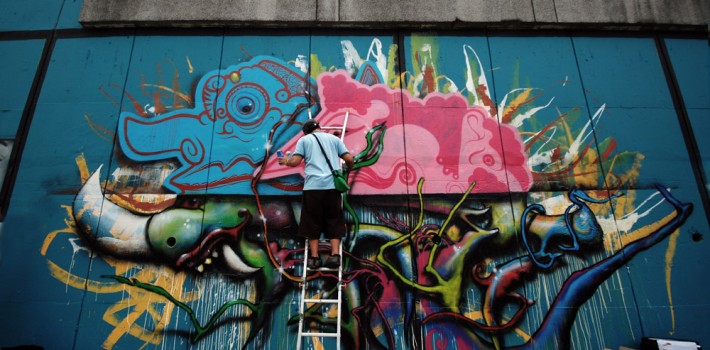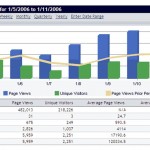 There is a huge proliferation of flash-based art and photography websites today and while many of them look sleek and sexy I have some doubts about their effectiveness as marketing tools. Here are my biggest concerns:
There is a huge proliferation of flash-based art and photography websites today and while many of them look sleek and sexy I have some doubts about their effectiveness as marketing tools. Here are my biggest concerns:
Waiting….Waiting… Waiting….. That’s the sound of the wheels in my brain spinning around waiting while a typical flash-based site to load in my browser. And I’m on a 3MB DSL connection so its not a network problem. Those loading images are really cool but after a while I start to get really impatient to see some actual content. And just when I thought it was almost there then I discover there’s two more sections of the page that still have not loaded.
Think about this from an art-buyer’s perspective. Unless they know that you have something really special – why are they going to wait around while your website loads? And then when they click through to your gallery section will they be prepared to wait all over again while that loads? Will they wait or will they get impatient and move on to the next artist’s website? Are you willing to take that risk – every day?
Attention spans are getting shorter, not longer. Life is getting more competitive. In our experience, all the high quality images, content, and design in the world don’t mean a thing if a website doesn’t load in the twinkle on an eye.
Search Engine Visibility: Some companies that promote Flash-based websites refer to them as being “Search Engine Friendly”. But the reality is that a typical search engine spider can’t read most of the content on a flash-based page.
So, I guess by “Search Engine Friendly” they mean that you can include page titles and some Keyword and description tags on the site. But how will a search engine react to a site which appears (to it) to have no actual page content? Here is what Google says in their “Webmaster Guidelines”:
“If fancy features such as JavaScript, cookies, session IDs, frames, DHTML, or Flash keep you from seeing all of your site in a text browser, then search engine spiders may have trouble crawling your site.”
Contrary to some popular thought you can’t just rely on back-links for SEO – A website has to also have intelligent placement and density of appropriate keywords throughout its content. If you’re happy just to tell people about your site and use social networking then no matter – as long as you realize you may be throwing away 50% or more of your potential qualified website traffic by not taking SEO seriously.
Distraction Doesn’t Sell – Art Website Rule #1 – An artist’s website should not distract from the art. It should draw attention to the work, not away from it. Many (although not all) of the Flash-based sites I’ve seen tend to be self conscious and draw attention to the website rather than to the art and the artist. That might be ok for some artists – but if you’re trying to make a living from your work it’s a no-no.
In conclusion I’d simply remind you of one important point – A good art website should be focused on making the experience of visiting your work a pleasure for a potential buyer or arts professional. So, rather than thinking about how it looks to you – try to look at it from the customer’s viewpoint. That’s just basic good marketing.
Flash is a wonderful technology that can create stunning effects in a website. But our viewpoint is that it should be used primarily for effects in specific sections of the website rather than as the basis for the whole design. That way you get a fast-loading, great-looking art website that stays elegantly in the background and focuses attention on the work and the artist. Just like a great gallery space!
Please feel free to post your thoughts on this. If you have a flash-based site and it’s working well for you commercially I’d love to hear your comments.



I think flash work as an after your here type of thing. You are on the site ou know my name and then I invite you to a flash library. Other wise it seems stilted and uneventful, and very time consuming like podcast and videos.
I just did my bi-weekly radio show on what artists' should avoid when designing their websites and avoiding Flash websites was right on the list for the same reasons you outlined. In addition, they're not very user friendly for those that have older computers or browsers and if your audience isn't very computer savvy, you're cutting out those folks that can't or don't want to install a simple Flash plugin to view your website.
Most people just want to be able to look at what you have to offer on your website and not jump through a lot of hoops. Flash websites are great for the entertainment websites like for movies and entertainers because you expect to see some whiz bang in that industry. But for art customers a lot of them appear to want something more straight forward.
Thanks Jeremy.
Nicolette – thank you – your comments about older browsers are so true!